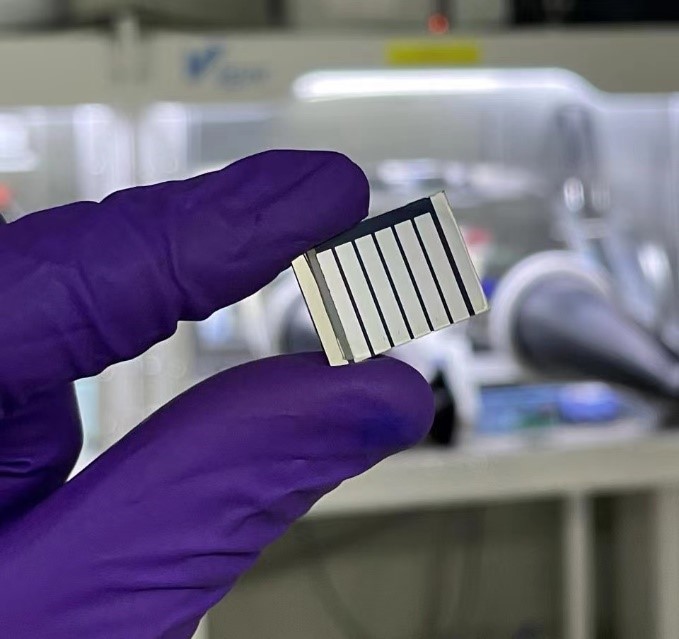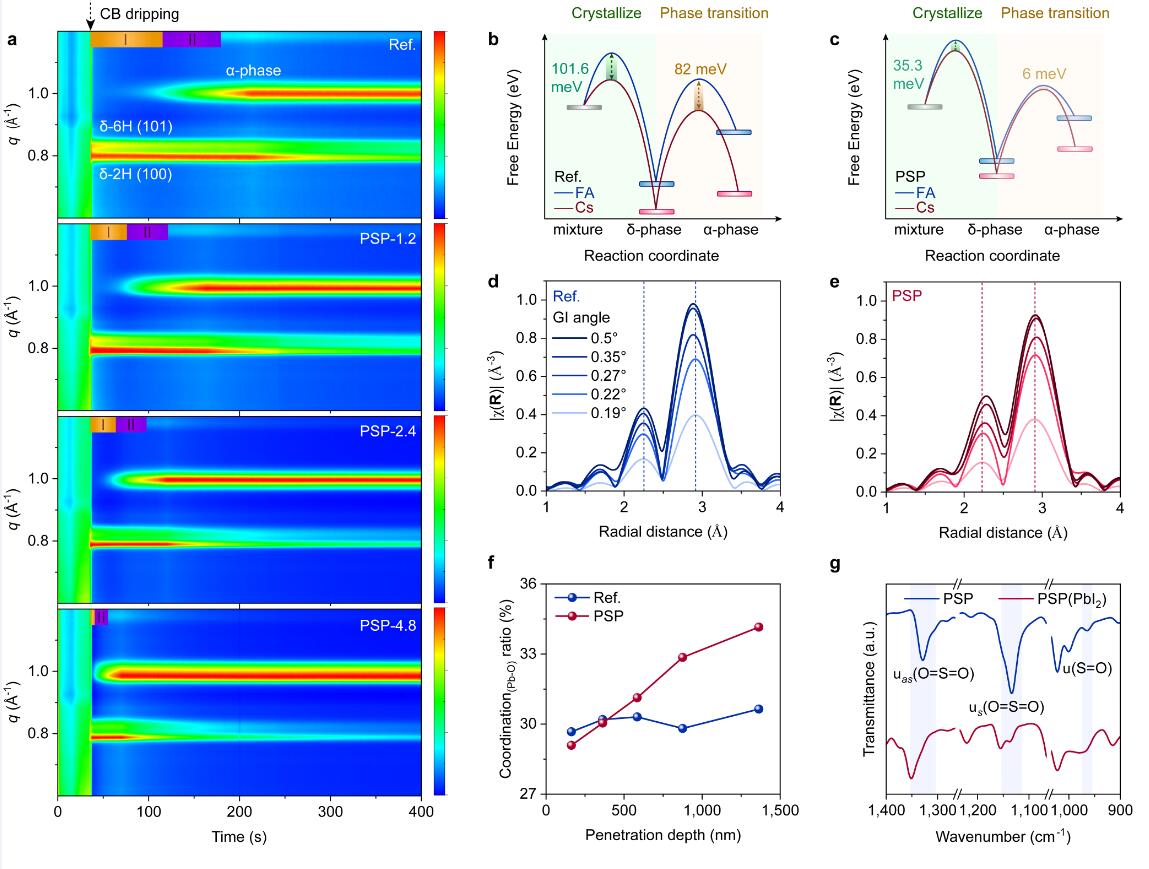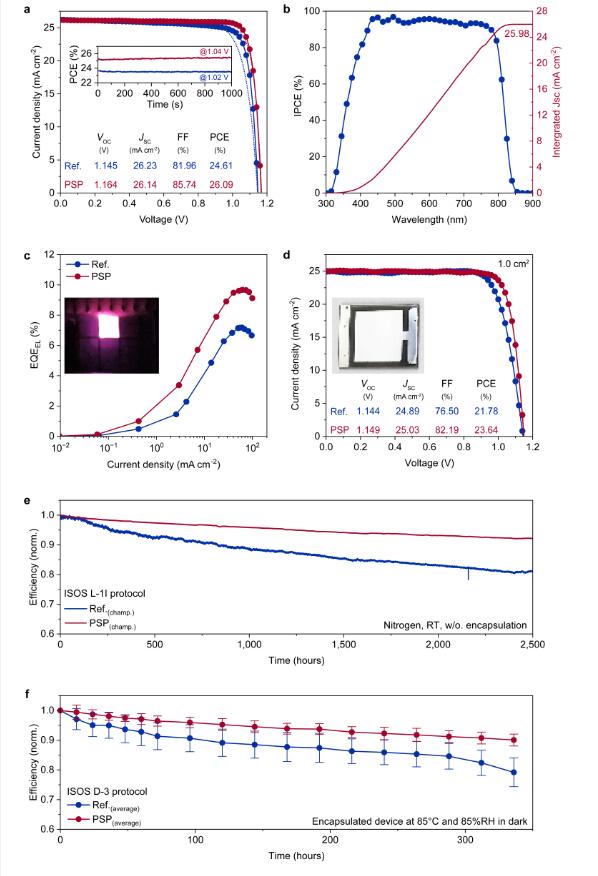In a study published in Nature, researchers from the Hefei Institutes of Physical Science (HFIPS) of the Chinese Academy of Sciences have proposed a new and promising method of fabricating homogenized perovskite films for solar cells. The process involves inhibiting phase segregation caused by internal cation inhomogeneity to increase conversion efficiency to 26.1%, thus tying the existing record.
Their work was scheduled for Accelerated Article Preview publication and also featured as a Nature Editor's Pick.
For solar cells, an important alternative energy source, the pursuit of higher conversion efficiency and the attempt to keep the cells table as long as possible are core issues that scientists and engineers all over the world are trying to address.
Lead-halide perovskite solar cells (PSCs) have been extensively studied due to their high efficiency, but a dramatic slowdown in the conversion efficiency growth rate of these cells can be seen. Notably, most previous studies of these cells have been limited to the surface, dopant, and component levels.
In contrast, PAN Xu, a solar cell scientist at HFIPS, and his team decided to look deeper-to the phase level.
Based on years of work in the field, the scientists realized that phase segregation inevitably takes place inside perovskite films, thus affecting or, more precisely, harming both the conversion efficiency and stability of the cells.
"We all know from previous work that cations in different groups are distributed inhomogeneously," said PAN, "but how exactly these cations are distributed and the reasons behind it and how it affects efficiency remain unclear."
To understand how cations behave in perovskite films, the researchers used experimental approaches to quantify how the cations FA+ and Cs+ were distributed vertically.
"Cs+ likes to aggregate at the bottom of the film, while a large amount of FA+ gathered at the upper interface of the film," said PAN.
To verify this, they carried out further work by studying distribution in the crystalline phase. These experiments all agreed well with each other. The team was thus the first to clearly observe out-of-plane inhomogeneous distribution in a laboratory experiment.
Nevertheless, the researchers also wanted to know the reason for this distribution pattern and what to do about it. So they conducted an in-situ test to determine the exact mechanism behind this inhomogeneity.
"Then we found that cations in different groups crystallize and transform at very different rates," said PAN, who believed this was the reason for the inhomogeneity. Once the researchers identified the key problem, they proposed a strategy of using 1-(Phenylsulfonyl)pyrrole (PSP) as an additive to make up for the difference in crystallization and phases transition rates in order to produce homogeneous films.
The researchers were pleased to see a significant increase in conversion efficiency to 25.8% under third-party certification. What's better, the cells showed long-term, good stability, with conversion efficiency remaining as high as 92% of the original value even after 2,500 hours of maximum power point tracking.
According to public reports, this ties the record in conversion efficiency. All in all, PAN and his team's work on phase optimization for solar cells suggests a promising technological path for improving solar cell conversion efficiency and stability.










